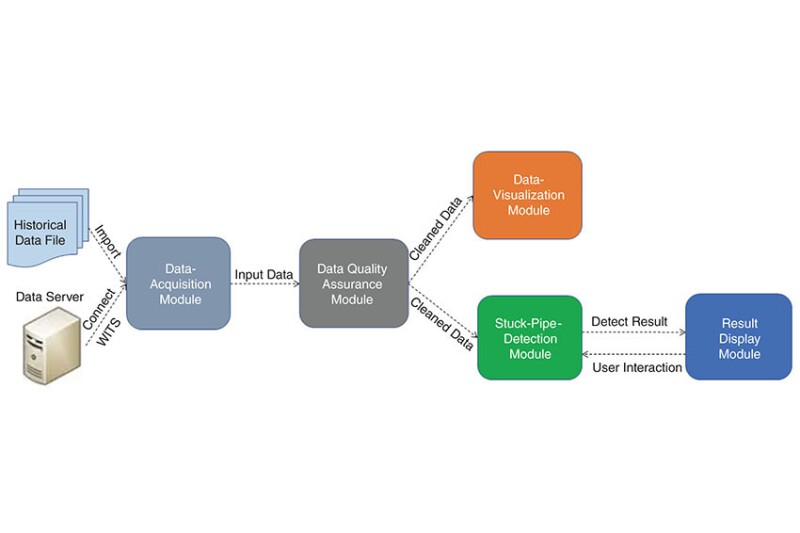Recognizing stuck-pipe signs early and adopting appropriate action can greatly reduce nonproductive time during drilling and improve drilling safety. This paper proposes a time-series-analysis approach and describes a reliable, easy-to-use tool to automatically detect stuck pipe accurately and early. Based on an in-depth theoretical analysis and historical stuck-pipe-data analysis, primarily early stuck-pipe indicators seen in drilling operations are identified.
Method
In general, stuck-pipe incidents can be classified as differential and mechanical. The mechanisms and symptoms of differential sticking and the primary types of mechanical sticking are detailed in the complete paper.
Stuck-Pipe Indicators. Although the causes of stuck pipe vary, the signs of different stuck-pipe types reflected in surface measured data are very similar.


